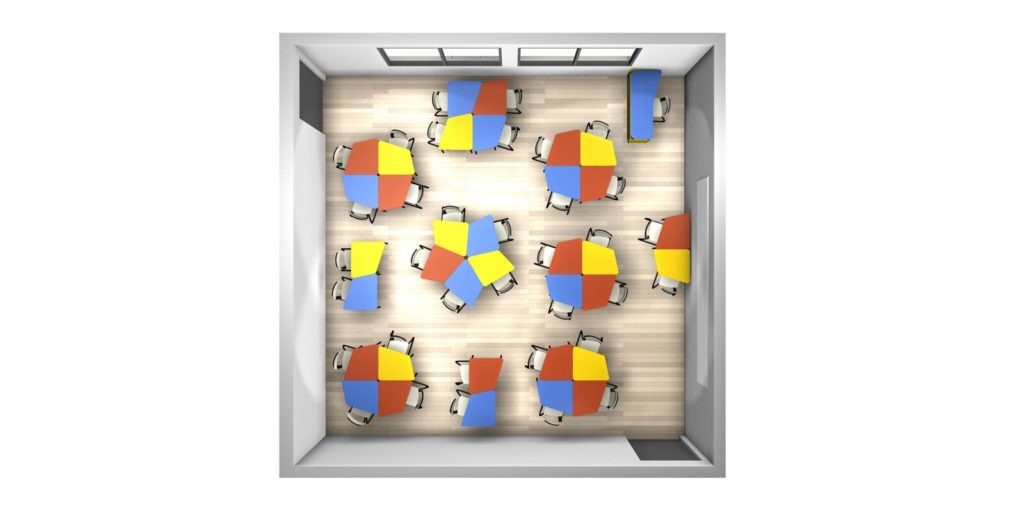Involving the pupil in the learning process is the only way of securing their academic success. Central to the active teaching method, it allows pupils to build their knowledge through research situations. A pupil who is a pro-active participant in their own learning guarantees the effectiveness of the teaching dispensed. Some of the available methods lead to more efficient teaching, and help to empower the pupil to become a fully-fledged actor in the learning process.

A pupil who is a pro-active participant in their learning through active teaching
For a long time, teaching was a very marginal activity where all that was expected of the pupils was that they memorise the lessons given by the teacher. This succeeded only in dampening any motivation most pupils had to attend school. The participation rate of pupils in class thus fell sharply, and it is still difficult to get back on track today. Indeed, more and more teachers are still struggling to capture the attention of pupils.
An active pupil differs from a pro-active pupil. An active pupil acts and moves into action, while a pro-active pupil chooses to organise their activities themselves. A pro-active pupil must be able to plan the strategies to be mobilised on their own. This gives them the drive to make the necessary efforts to achieve the objectives set.
Optimising the learning process to better stimulate pupils
Every pupil wants to work and succeed, but this requires active involvement in the learning process. A pro-active pupil is a pupil who will more easily develop their potential, and will easily achieve their competency goals.
To stimulate pupil curiosity, the teacher must develop an effective learning strategy. Teaching approaches must ensure that learning situations facilitate pupil stimulation.
The learning processes must be designed in such a way as to motivate each pupil to participate and interact with their environment. In this way, the pupil will acquire a sense of what they are learning, and will more easily assimilate the knowledge shared.
The role of school furniture in learning
The school environment plays a crucial role in stimulating pupils. After all, it is easier to capture pupils’ attention in a learning environment where they feel comfortable. This is why school furniture is a central factor in general learning, both for pupils and instructors.
The classic combination of bench, desk and blackboard is today a thing of the past and giving way to much more innovative school furniture. Flexible furniture has found its way into classrooms, from nursery to university.

>The school furniture 3.4.5. is an excellent example of innovative school furniture. This type of ergonomic school furniture fosters exchanges and interactions between each pupil, and between teachers and pupils. With furniture 3.4.5, observing pupils and providing them with the necessary help becomes easier. Free to easily form small groups or work alone, each pupil will become a pro-active participant in their own learning.
